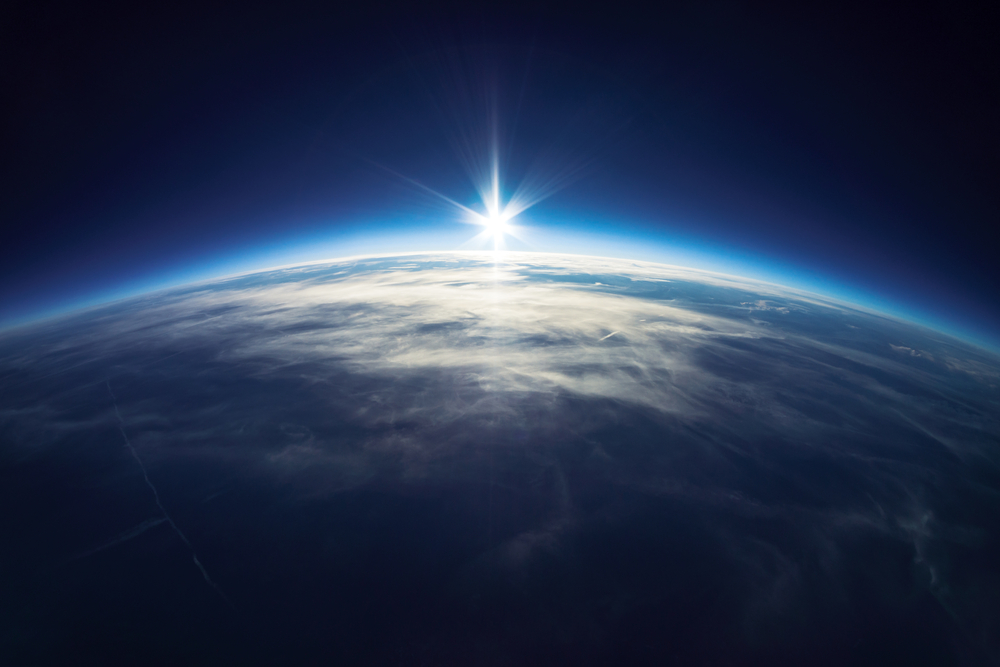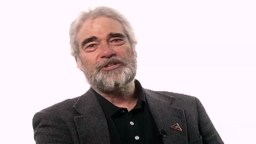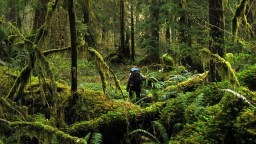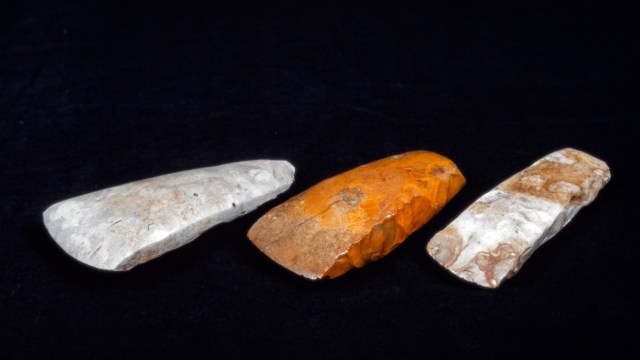Is life on Earth in harmony with the planet — or is it ultimately suicidal?
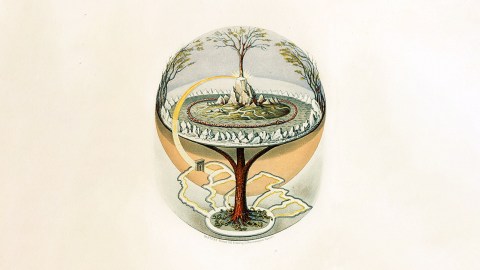
- The Gaia hypothesis states that Earth and all life dwelling upon it form a synergistic system that maintains the optimal conditions for life.
- University of Washington professor Peter Ward thinks that’s nonsense. According to his opposing Medea hypothesis, life is actually suicidal. In the past, photosynthesizing organisms drained the Earth of carbon dioxide, turning our planet into a near-sterile snowball.
- Due to human-caused climate change, we don’t have to worry about this anytime soon, but in 500 million years or so, Earth could again be doomed to repeat it’s frozen fate.
Peter Douglas Ward, a paleontologist and professor at the University of Washington, really dislikes the Gaia hypothesis. “Gaia is not even a theory to me, it’s just New Age nonsense,” he told Salon in an interview late last year.
Gaia vs. Medea
For the unaware, the Gaia hypothesis, initially thought up by chemist James Lovelock and co-developed by evolutionary biologist Lynn Margulis in the 1970s, views the Earth and all life dwelling on it as a synergistic system that collectively maintains optimal conditions for living beings. Flowery and nurturing, the idea is fittingly named after the Greek primordial goddess Gaia, the mother of all life.
Partly due to his disdain (but also empirical evidence), Ward formulated an opposing idea, named for another figure in Greek mythology, Medea, a princess and sorceress who spitefully murdered her own sons after their father, Jason (of Argonaut fame), cheated on her with another woman. According to Ward’s Medea hypothesis, multicellular life repeatedly foments its own destruction: It isn’t synergistic, it’s suicidal.
In Ward’s view, elucidated in his 2009 book, the major architects of life’s downfall are the very same stewards that make most life on Earth possible: photosynthesizing organisms. Cyanobacteria, mosses, grasses, trees, ferns — these organisms and many others take in carbon dioxide and spit out life-catalyzing oxygen in the process. But in rare situations that develop over many millions of years, photosynthesizers can grow too greedy, Ward says.
“One of the really driving definitions of life is that, given a chance, any species will do anything it can to have all the resources,” he told Salon.
The carbon dioxide paradox
And this greed can lead to disaster. On two separate occasions, 2.3 billion years ago and 700 million years ago, photosynthesizers drew too much carbon dioxide out of the atmosphere, Ward says. With not enough blanketing stores of this heat-trapping greenhouse gas, Earth turned into a giant snowball, killing most life on Earth, including the photosynthesizers.
In his book, Ward estimated that carbon dioxide could dip too low again in roughly 500 million years, once more turning our comfortable planet into a relatively sterile ice world. When Earth’s atmospheric carbon dioxide dips below 150 parts per million, most trees can no longer photosynthesize. At under 10 parts per million, grasses are goners, assuming the cold weather doesn’t kill them first.
Seeing as how humans are currently pumping Earth’s atmosphere full of carbon dioxide — bringing the level up to 415 parts per million — triggering potentially devastating global warming, this possible “Medea future” is hard to fathom.
“There is some dark irony in what must be done,” Ward noted near the end of his book. “In the near term we must reduce atmospheric CO2. Then, in the long term, we must move to keep CO2 from falling too far.”
Ward’s Medea hypothesis is undeniably fascinating but deserves skepticism. As University of Westminster professor of science communication Lewis Dartnell wrote, “The true situation is almost certainly that life is neither purely Gaian nor purely Medean but exhibits facets of both personalities… sometimes stabilising sometimes disruptive.”
Regardless, with Medea in mind, majestic trees take on a complex persona: enabling life for now, while potentially sowing seeds of doom in the far-flung future.
